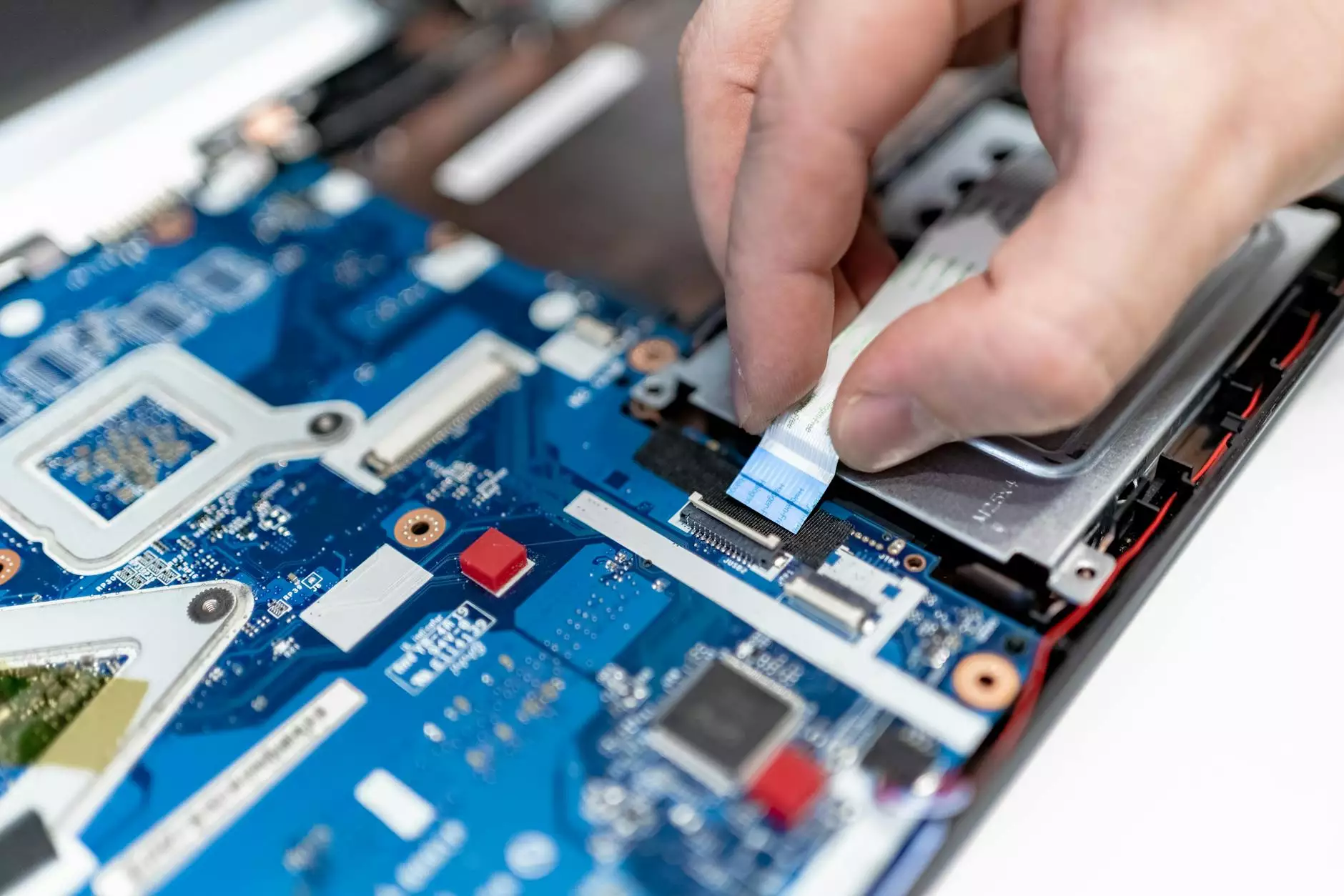Ten things you can do to prevent a power surge on your electronic devices
Technology
Introduction
As electronics play an essential role in our lives, it is crucial to protect them from unexpected power surges. A power surge can cause irreversible damage to your electronic devices, leading to significant financial losses. To ensure the safety of your valuable equipment, Cormon Cable and Distribution Inc. has compiled a comprehensive list of ten effective methods to prevent power surges.
1. Invest in Surge Protectors
One of the most critical steps in preventing power surges is to use surge protectors. Surge protectors act as a first line of defense by diverting excess voltage away from your electronic devices. Ensure to choose surge protectors specifically designed for the devices you are using and replace them if they become damaged or outdated.
2. Unplug During Thunderstorms
During a thunderstorm, the chances of power surges increase significantly. To prevent damage to your electronic devices, unplug them from the power source during storms. This simple action can save your equipment from potential electrical damage caused by lightning strikes or power fluctuations.
3. Avoid Overloading Circuits
Overloading circuits is a common cause of power surges. Distribute your electronic devices across multiple outlets and avoid using extension cords excessively. Be aware of the power limits of your electrical system and ensure not to exceed them.
4. Upgrade Your Wiring
Outdated or faulty wiring can increase the risk of power surges. Consider hiring a professional electrician to inspect your wiring and make any necessary upgrades. Upgrading to quality wiring can provide added protection against power surges.
5. Install a Whole-House Surge Protector
For comprehensive protection, installing a whole-house surge protector is highly recommended. These devices are connected to your electrical panel and provide surge protection to your entire home. Consult an electrician to ensure proper installation and to determine the right type of surge protector for your specific needs.
6. Use Voltage Regulators
Voltage regulators help stabilize electrical voltage, minimizing the risk of power surges. Consider using voltage regulators for sensitive electronic devices, such as computers and high-end audio equipment. These devices can keep the voltage within a safe range, protecting your equipment from unexpected spikes.
7. Keep Your Electrical System Well-Maintained
Maintaining your electrical system is crucial for preventing power surges. Regularly inspect your outlets, switches, and wiring for any signs of wear or damage. Address any issues promptly and consider scheduling professional maintenance to ensure your system is in optimal condition.
8. Educate Yourself and Others
Knowledge is power when it comes to preventing power surges. Educate yourself and those around you about the potential risks and preventive measures. Teach your family members or employees to unplug devices during storms and how to recognize signs of electrical issues that could lead to power surges.
9. Avoid DIY Electrical Work
Unless you are a trained electrician, it is essential to avoid DIY electrical work. Improperly installed wiring or faulty connections can increase the risk of power surges. Always hire a licensed electrician for any electrical installations, repairs, or upgrades.
10. Consider Backup Power Solutions
While it may not directly prevent power surges, having a backup power solution can minimize the impact of sudden power fluctuations. Investing in uninterruptible power supplies (UPS) or backup generators can provide temporary power during outages, preventing potential damage to your devices.
Conclusion
Implementing these ten preventive measures will help safeguard your electronic devices from power surges. By taking proactive steps to protect your valuable equipment, you can avoid potential financial losses and ensure the longevity of your electronics. Trust Cormon Cable and Distribution Inc. to provide you with the best solutions for power surge prevention.
Disclaimer
The information provided in this article is for general informational purposes only. Although we strive to provide accurate and up-to-date information, we make no representations or warranties of any kind, express or implied, about the completeness, accuracy, reliability, suitability, or availability with respect to the website or the information, products, services, or related graphics contained on the website for any purpose. Any reliance you place on such information is therefore strictly at your own risk.




